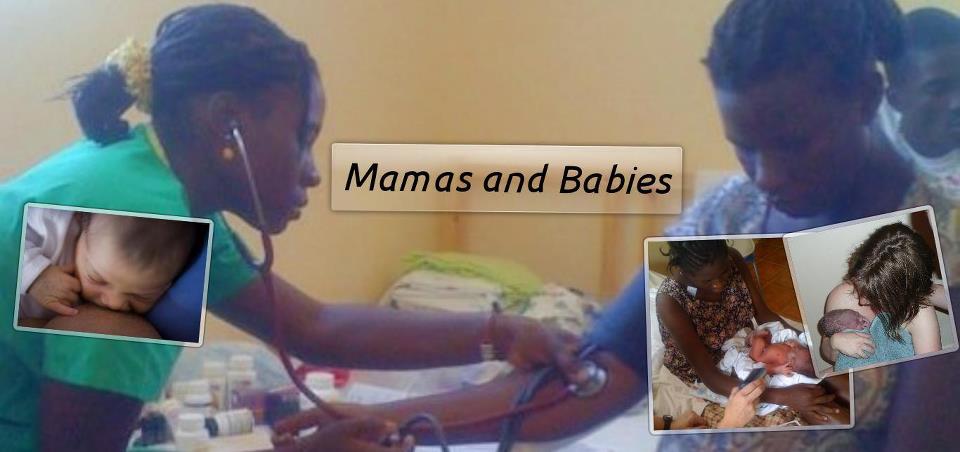PushNews from The Big Push for Midwives Campaign
CONTACT: Katherine Prown, (414) 550-8025,
katie@thebigpushformidwives.orgFOR IMMEDIATE RELEASE: Friday, September 11, 2009
Physicians Take Anti-Midwife Smear Campaign to the AirwavesHome Birth Mothers, Celebrities, Insulted on National TVWASHINGTON, D.C. (September 11, 2009)—Referring to women who choose to give birth in out-of-hospital settings as “hedonistic” and likening childbirth to a “spa treatment,” members of the American College of Obstetricians and Gynecologists, a trade group representing the professional and financial interests of OB/GYNs, took their anti-midwife campaign to the airwaves in a Today Show
segment rife with insults, stereotypes, and misinformation, using one family’s tragedy as a platform for the organization’s well-funded assault against choices in childbirth.
“About the only thing ACOG has right is that women are choosing out-of-hospital deliveries in record numbers,” said Steff Hedenkamp of The Big Push for Midwives Campaign. “What Erin Tracy and other apologists for the group’s anti-midwife position fail to see is that one of the forces driving women to seek out-of-hospital care is the paternalistic, profit-driven model of maternity care that far too many of its own members provide.”
During the segment ACOG reiterated its claim, which has been thoroughly debunked by a large and growing body of medical literature, that out-of-hospital delivery is unsafe. Describing women who choose to give birth in private homes and freestanding birth centers as “hedonistic” mothers who knowingly put the lives of their babies at risk for the sake of an “experience” they believe will be like a “spa treatment,” members of the group echoed last year’s position
statement claiming that women who choose out-of-hospital deliveries base their decisions on what’s “fashionable” or “trendy.”
“ACOG clings to this ridiculous fantasy that women choose to deliver their babies outside of the hospital because they want to be like Ricki Lake, Demi Moore or Meryl Streep and that if women would only watch enough fearmongering stories on morning television they’ll be brainwashed back into hospitals,” said Katherine Prown, Campaign Manager of The Big Push for Midwives. “Insulting our intelligence and promoting policies that deny us choices in maternity care are not exactly winning strategies for stemming the tide of women seeking alternatives to standard OB care.”
Earlier this year, a New York City couple lost their baby during a planned home birth under the care of a Certified Nurse-Midwife. Licensed and regulated in all 50 states, Certified Nurse-Midwives are trained to provide hospital-based maternity care. By contrast, Certified Professional Midwives, who undergo specialized clinical training in out-of-hospital birth, are legally authorized to provide care in 26 states, although outdated regulations effectively prevent them qualifying for licensure in the state of New York.
Legislation to license and regulate Certified Professional Midwives is currently pending in an additional 18 states, despite staunch opposition from the American Medical Association, which has joined with ACOG in adopting position
statements that would deny families who choose out-of-hospital maternity care legal access to nationally credentialed midwives with specialized training to provide it.
The Big Push for Midwives Campaign represents thousands of grassroots advocates in the United States who support expanding access to Certified Professional Midwives and out-of-hospital maternity care. The mission of The Big Push includes educating national policymakers about the reduced costs and improved outcomes associated with out-of-hospital birth and advocating for including the services of Certified Professional Midwives in health care reform. Media inquiries: Katherine Prown (414) 550-8025,
katie@thebigpushformidwives.orgI copied this from
The Big Push for Midwives










